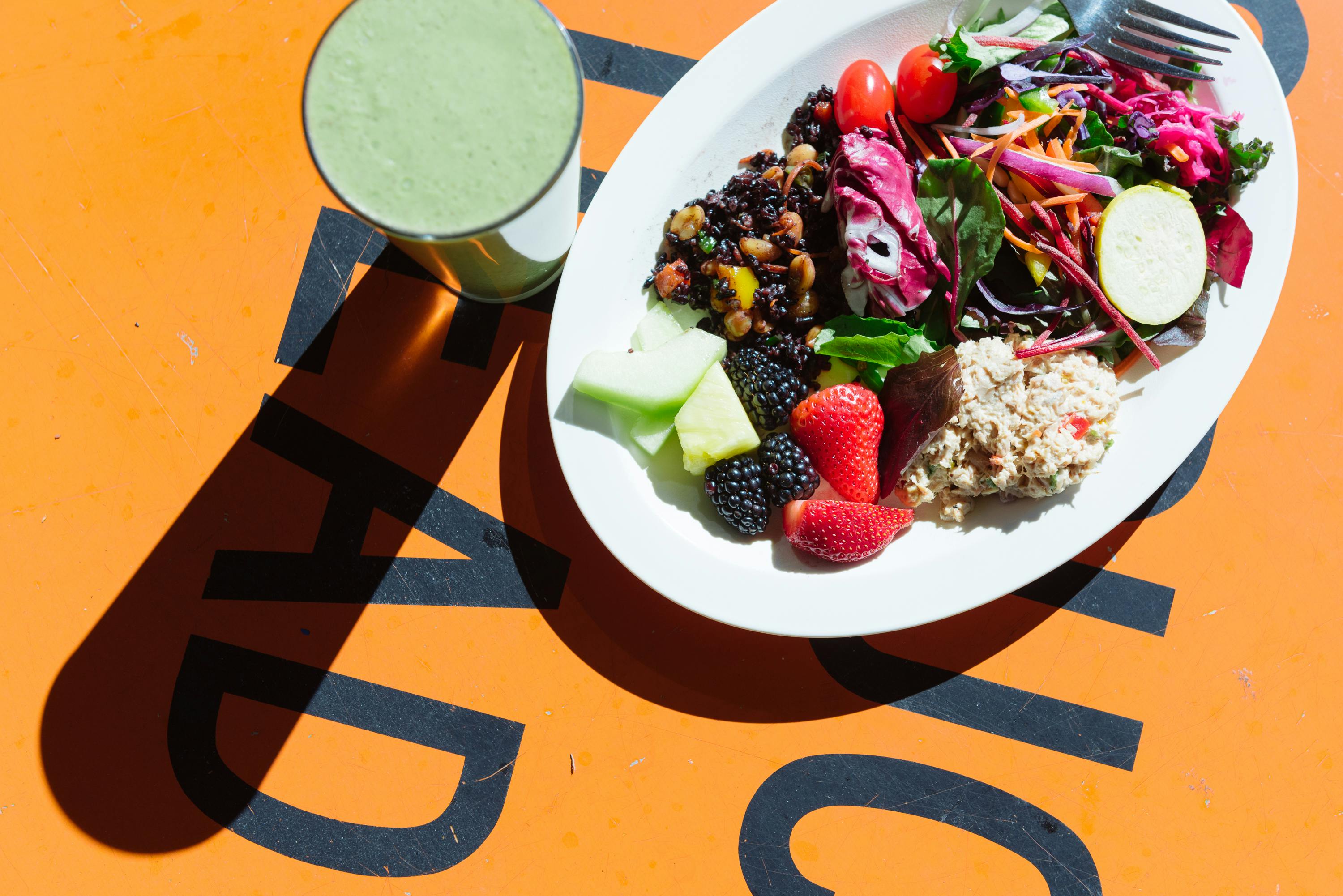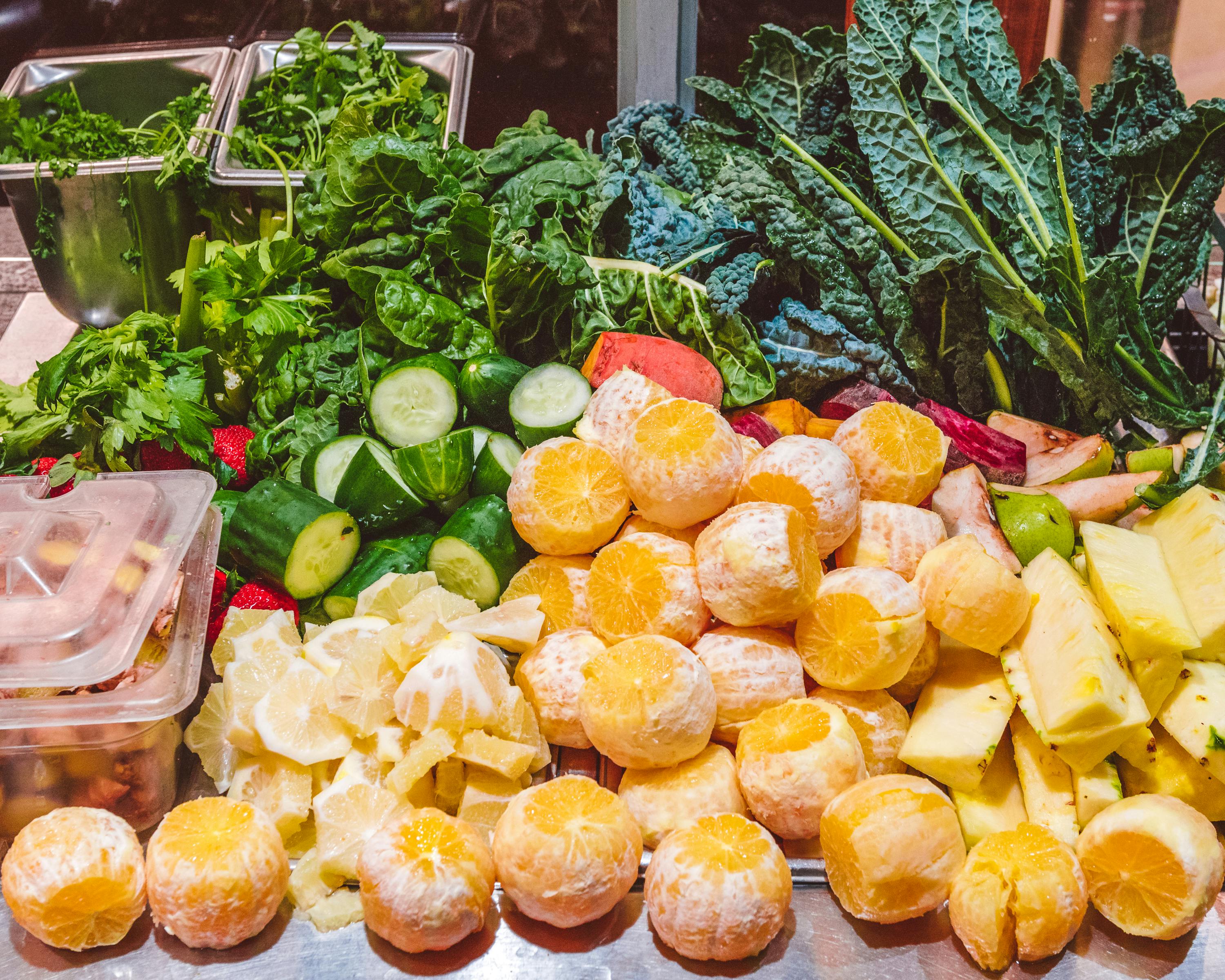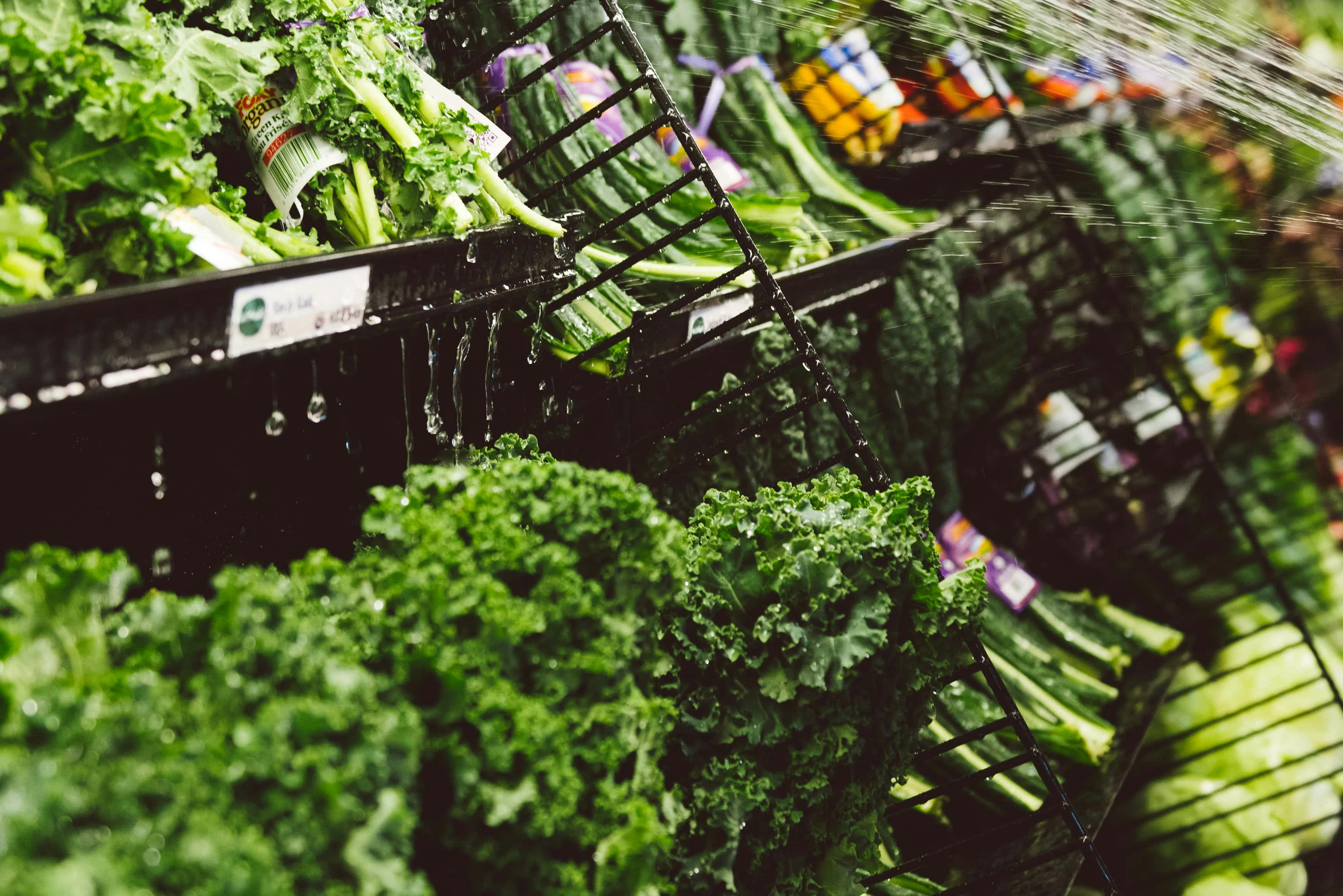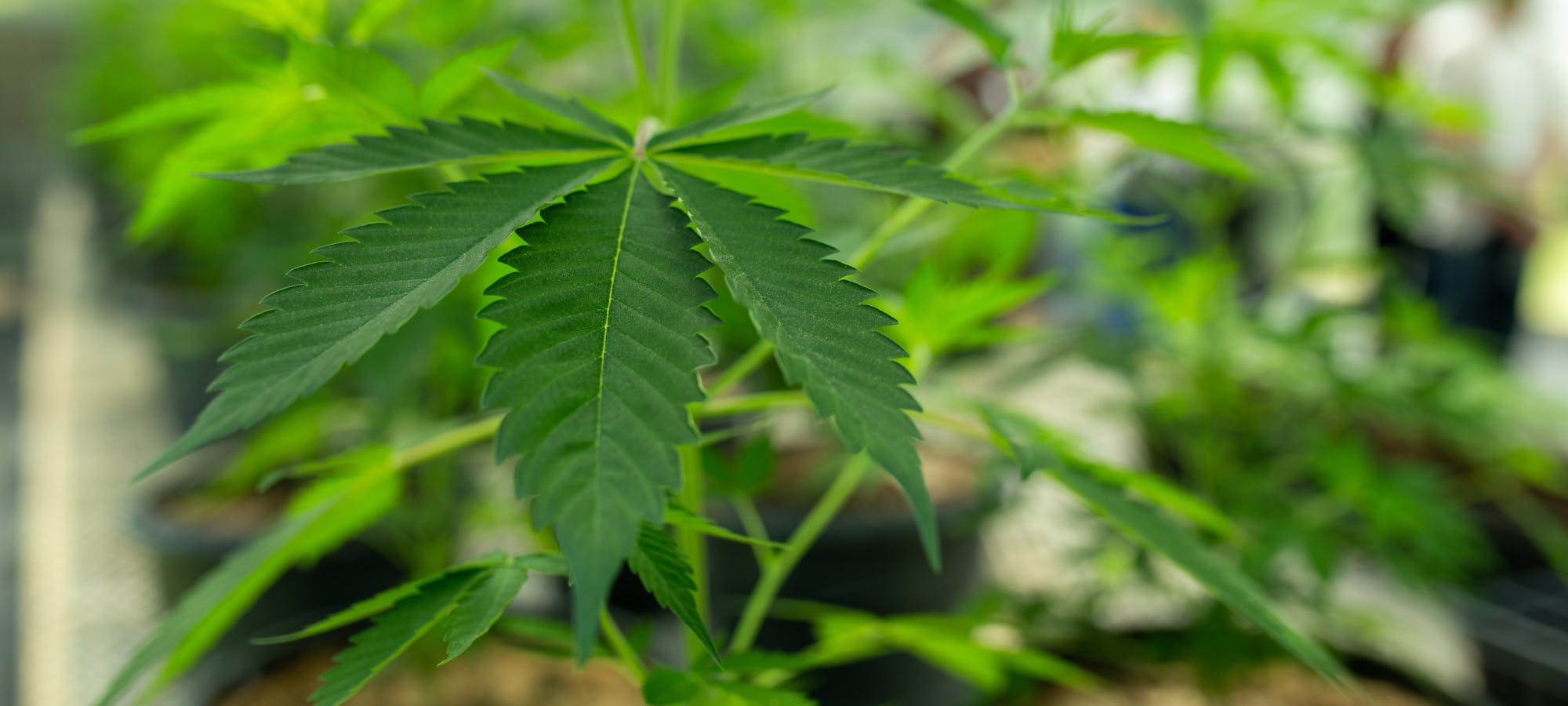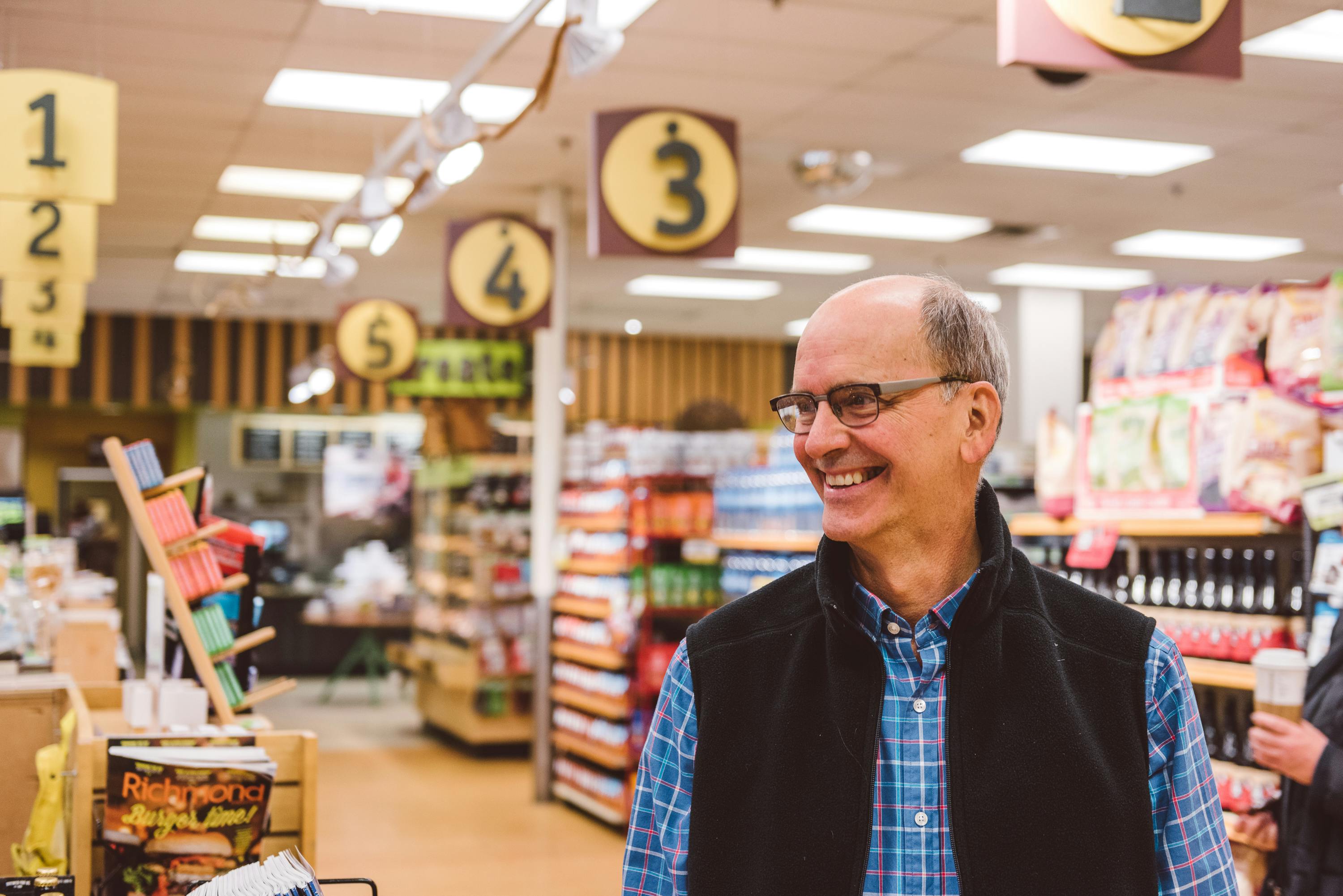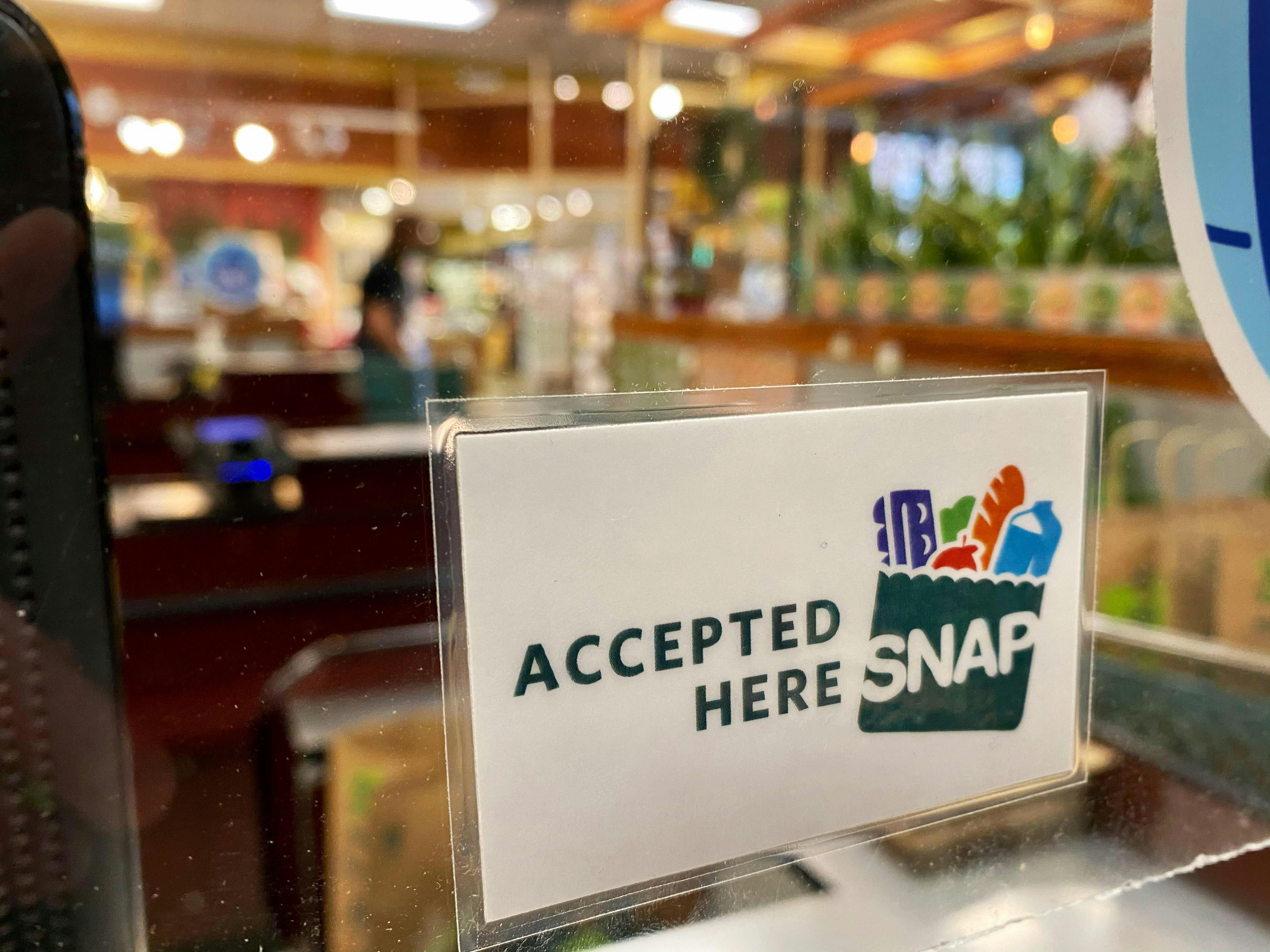One of my favorite parts of being an herbalist is making my own medicines: tinctures, teas, salves, poultices, infusions…I feel like I’m in potions class in my own kitchen. It’s pretty easy to make your own herbal medicines if you have the right equipment and good quality ingredients. The best part is the experimentation (and the failures, sometimes) and getting things juuuuuust right in the end! Tinctures are especially fun to make during the summer months because SO much is in season right now. Right in your backyard you may find dandelions, red clover, ground ivy, mullein, even yarrow!
Here’s the basic 101 version of how to make an herbal tincture:
You will always have marc (the actual herb or product you’re working with) and menstrum (whatever you’re soaking the herb in – alcohol, water, vinegar, glycerin etc).
You should also have a ratio of marc to menstrum (ie, how much herb you should mix with how much liquid. Michael Moore’s Materia Medica 5th Edition is always my standby for looking up tincture ratios. It’s laid out by botanical name, so start brushing up on your latin!
We have lots of options for our menstrum, and there are pro’s and cons to each:
- Alcohol – LONG shelf life, extracts resin, nutrients, alkaloids, aromatics, sterilizing. DOES NOT extract fats or mucilage. Also, some folks just aren’t good with alcohol, and alcoholic tinctures are often more expensive.
- Vinegar – Nourishing in the body, more affordable and often tastes better. However it tends to be a poor extractor of the medicinal constituents. Very short shelf life.
- Glycerin – Often used for kids. Makes a gooey, sweet tincture which can be tasty.
- Water – extracts starches (polysaccharides), mucilage, aromatics, volatile oils, tannins, vitamin nutrients, alkaloids a little. DOES NOT extract resins or fats and has a very short shelf life.
Alcohol will extract about 90-95% of what you want from an herb. Vinegar will extract about 15-20% and glycerin only about 5-10%. I usually always use alcohol for my tinctures, something like vodka or at least 95% proof. If I use a vinegar, I usually use rice vinegar.
I recently got a batch of fresh Kava kava root (Piper methysticum) and decided to make a large tincture batch to keep it fresh. Here is the “recipe”:
Tincture: Recent dry root 1:5, 60% alcohol.
This ratio (1:5) is the marc:menstrum (herb:liquid).
We should always calculate to 100%.
I had about 100 grams of herb (the marc) which means I will need 500ml of liquid (menstrum). 60% of that liquid should be alcohol, so I need 300ml of alcohol and 200ml of water to = 500ml total of menstrum. Got it?
I pulverized the root in my vitamix. It’s always best to grind your own herbs so less oxidation occurs and more surface area is exposed for the extraction process. After it’s all pulverized, I poured my alcohol + water cocktail into the vitamix and mixed it all together for a few pulses.
Then I transferred the contents to a class jar and covered with a lid (I keep it out of direct sunlight, too). I will let this sit for about 2 months before I strain it out and bottle it.
Simple, right? If you’re looking for a beginners guide to medicine making with tons of fun recipes, check out James Green’s “The Herbal Medicine Makers Handbook”. He also touches on the folklorist version of medicine making with very little measuring (if math isn’t your thing) and just using what you have on hand.]
Keep in mind, if you’re working with FRESH plants, you will need very little water as the plants already contain plenty of water in their fresh form. These will usually be 100% alcohol or close to it.
If you wild harvest your own herbs, make sure to get good quality herbs (I don’t really recommend herb gathering out by the road or near drainage areas.) and harvest responsibly. Take no more than 10% of a particular species in one place and don’t take more than you need. Michael Vertolli has some great tips of ethical wild crafting.
Have fun, and enjoy your medicine making!
